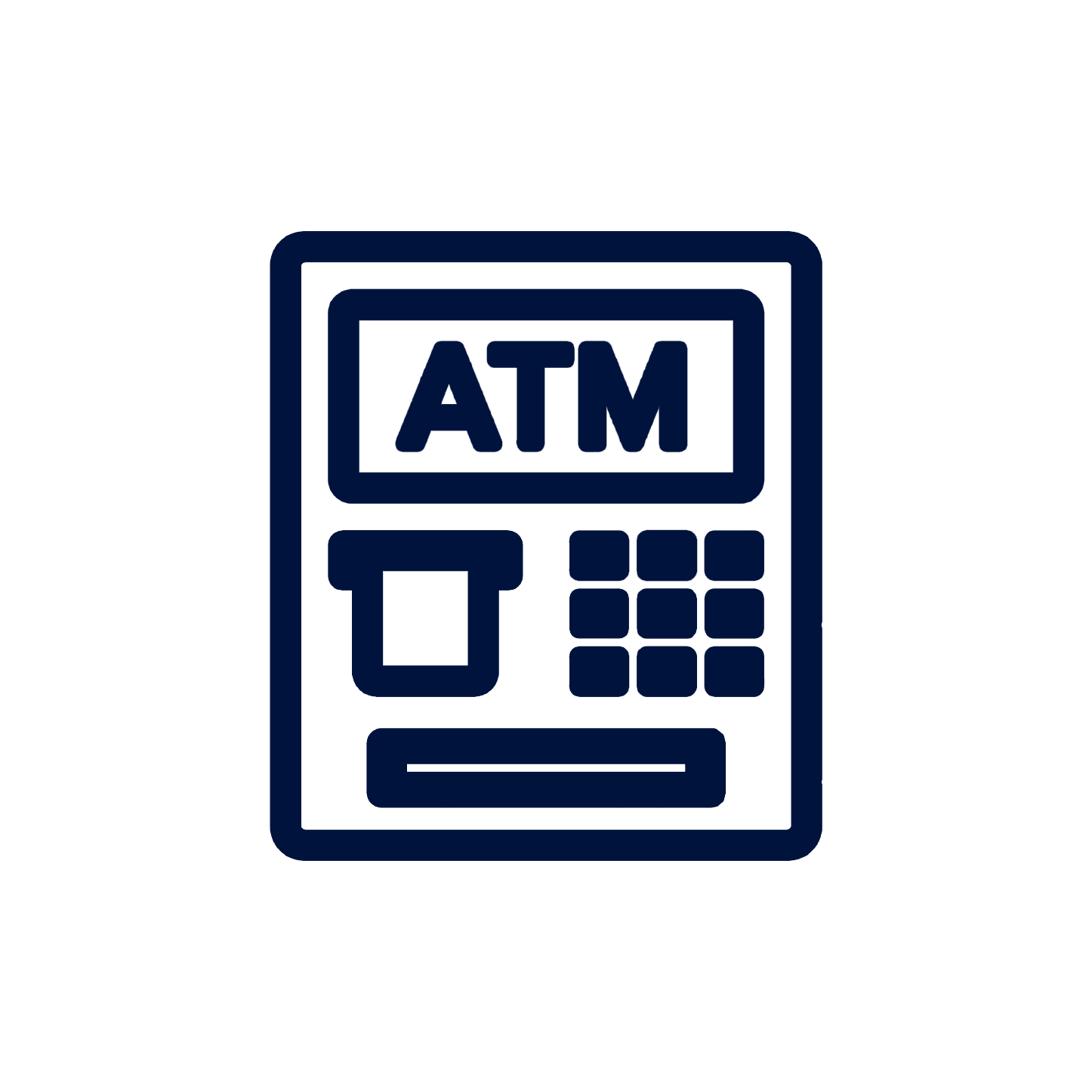PRICING
Powering Your Payments: Tally’s Processing Solutions.
Secure Payment Processing Services.
Transparent Pricing for Seamless Processing
Empowering Your Business with Clear, Competitive, and Cost-Effective Credit Card Processing Rates
Navigating Credit Card Processing Models: Understanding Your Options for Transparent and Cost-Effective Pricing
A Comprehensive Guide to Cash Discounting, Surcharge Processing, Interchange+, Tiered Pricing, and Flat Rate Models in Credit Card Processing
Cash Discounting ▸Eliminate Merchant Card Processing Fees

Cash discounting in credit card processing is a processing structure employed by businesses to offset the costs associated with accepting credit card payments.
Instead of charging customers a convenience fee for card transactions, which can be illegal in some jurisdictions, businesses offer a discount to customers who pay with cash or a non-credit payment method. This discount effectively recoups the processing fees associated with credit card transactions, allowing the business to maintain its profit margins while still providing customers with a convenient payment option.
Surcharge Processing ▸Reduce Merchant Card Processing Fees

A surcharge in credit card processing is an additional fee that merchants can legally add to the total cost of a transaction when a customer pays with a credit card.
The fee aims to cover the merchant’s expenses for credit card processing. Surcharging is regulated, varying by jurisdiction and credit card network rules. Merchants must follow rules, disclose surcharge amounts before purchases, and ensure fees don’t surpass transaction processing costs. While surcharging allows businesses to pass credit card processing costs to cardholders, strict adherence to legal and contractual requirements is crucial to prevent potential issues.

Interchange+ pricing ▸ Card Costs plus Processor Fees

Interchange+ pricing is a transparent and cost-effective model in credit card processing.
Under this pricing structure, merchants pay the actual interchange fees set by card networks (like Visa and Mastercard) plus a fixed markup or percentage fee charged by the payment processor. This model separates the interchange fees, which are non negotiable and go to the card-issuing banks, from the processor’s fees. As a result, merchants know exactly how much they’re paying for processing, promoting transparency and potentially lower costs. It’s often favored by businesses with high transaction volumes, as it offers a clear understanding of the cost breakdown, making it easier to compare processing rates and control expenses.
Tiered Pricing ▸ Card Processing based on Card Type

Tiered pricing is a simplified and common credit card processing model that categorizes credit card transactions into several tiers, typically three:
qualified, mid-qualified, and non-qualified—each linked to a fixed processing rate or fee, are determined by factors such as card type, transaction processing method, and merchant industry. Although this model offers simplicity, it lacks transparency, complicating merchants’ understanding of processing costs. This opacity often results in higher fees, as transactions are frequently placed in more expensive tiers, increasing overall processing expenses. Businesses, especially those with high transaction volumes or in competitive industries, often favor transparent pricing models like Interchange+ for better control over credit card processing expenses.

Flat Rate Pricing ▸ One Rate for all Cards

Flat-rate pricing is a straightforward and user-friendly model for credit card processing.
Under this model, merchants are charged a fixed percentage or dollar amount for each transaction, regardless of the type of card used or the method of processing. This simplicity makes it easy for businesses to predict and budget for their processing costs, as there are no complex fee structures or tiered categories to consider. While flat-rate pricing offers convenience, it may not be the most cost-effective option for businesses with a high volume of transactions, as the fees can add up quickly. It’s popular among small businesses and startups looking for a straightforward solution and are willing to accept the slightly higher processing costs in exchange for simplicity.
CONTACT US
Our support team is available 24/7

GET STARTED
What are you looking for today?







